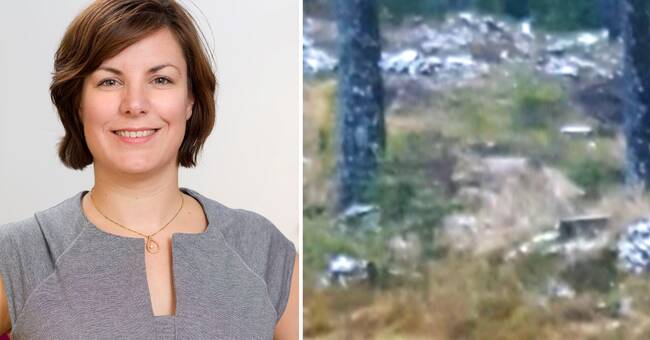The wolf that was seen in the area around Linghed on several occasions last year was an adult female without any diseases.
Karin Olofsson-Sannö is an assistant state veterinarian and game pathologist at the state veterinary medical institution, SVA, and the one who autopsied the wolf.
The leg was completely off
She says that the wolf was in poor condition, was emaciated and had very small fat reserves.
The muscles had begun to wither and one leg was completely off and has not been used at all in recent months.
- There were no muscles left and I can not see that it was loaded at all.
The body has tried to heal the bone but there has been tissue in between, so it was still completely off.
There were also metal fragments in the bone, says Olofsson-Sannö who can not answer the question of how long the wolf could have survived.
- I can only speculate, but it clearly had worse conditions than a healthy wolf because it only used three legs.
Then it is difficult to move quickly, get food and so on.
A tame dog can live with three legs, but with wild animals it will be a completely different thing, says Olofsson-Sannö.
The bureaucracy put a stop to it
In the case of the Linghed wolf, the bureaucracy put a stop to killing the animal earlier, even though it appeared to be suffering during observations, as it did not meet the criteria for protection hunting.
On the other hand, it had to be killed if it was seen, then for animal welfare reasons by someone with a hunting license.
Olofsson-Sannö, who autopsied it, says that for the wolf's sake it would have been best if it had died earlier.
- Yes absolutely.
An animal should not have to be injured for that long.
The government bureaucracy put a stop to it and it becomes difficult when you do not really know what is going on and you also have to see it, but it would have been good if it had fallen asleep earlier, absolutely, she says.

